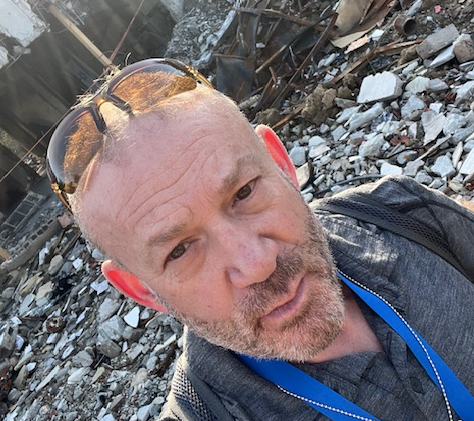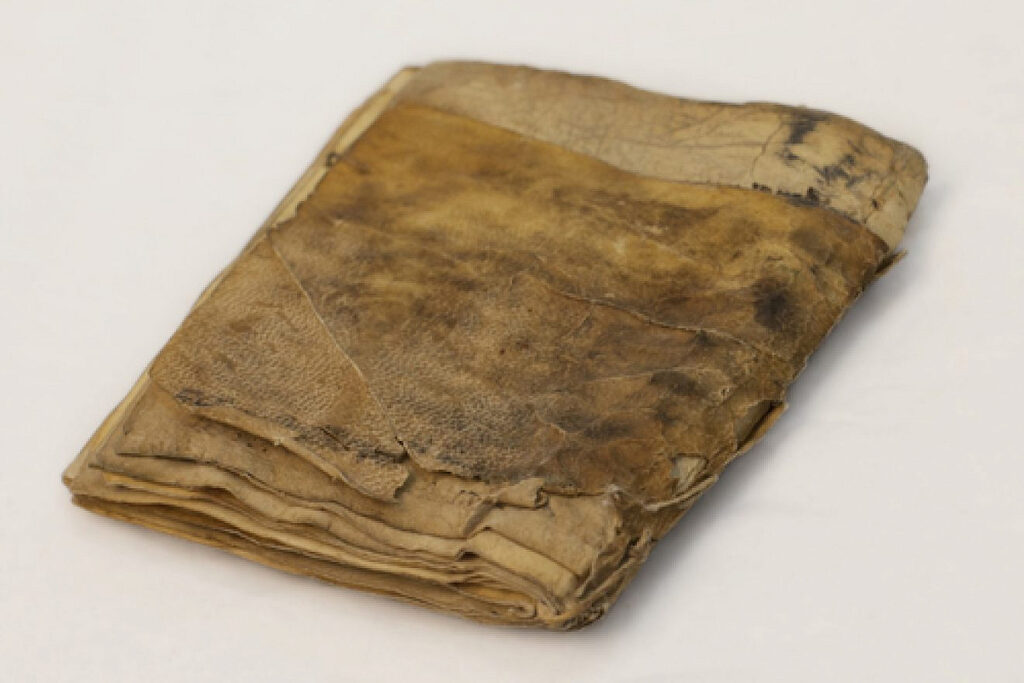
New Tool Prevents Soil and Groundwater Pollution
New Tool Prevents Soil and Groundwater Pollution
June 16, 2008
NEW YORK, NY — May 17, 2007 — A new and valuable system for fighting soil and groundwater pollution has been developed by Dr. Ofer Dahan, a researcher at the Zuckerberg Institute for Water Research at the Jacob Blaustein Institutes for Desert Research (BIDR) of Ben-Gurion University of the Negev. The findings were announced at the 30th anniversary celebration of the BIDR on May 14.
The Water & Contaminants Monitoring System (W&CMS) makes possible, for the first time, a simple, fast and cost-effective monitoring tool that provides real time data on water and contaminate transport in the areas above the groundwater level, known as the “Vadose Zone.” The Vadose Zone includes the upper soil and rock layers which lies between the land surface and the aquifer water table beneath. Both water and contaminants must pass through the Vadose Zone to reach the water aquifer. Yet, accurate and affordable monitoring technology has not been available — until now.
The W&CMS has been successfully installed in Israel and several countries where it has demonstrated that it can enhance the overall protection of the environment and particularly groundwater by providing earlier and better control of downward water flow and contaminant migration toward the groundwater.
According to Dr. Dahan, “most sources of man-made pollution originate on land just above the Vadose Zone, including industry, intensive agriculture, landfills and waste lagoons. Unfortunately, Vadose Zones are not hydraulically isolated, and, as a result, water and contaminants may rapidly migrate downward toward the water table and pollute the groundwater. There is evidence that even the thickest Vadose Zones have limited ability to buffer against the contaminants.”
Worldwide pollution monitoring programs and even laws addressing groundwater protection from pollution hazards were traditionally based on information pulled from groundwater, but according to the research that method is flawed. In fact, penetration into the groundwater for monitoring may cause irreversible damage and cleaning of the contaminated groundwater is complicated and extremely expensive.
No groundwater or aquifer remediation has been fully successful in spite of multi-billion dollar investments and it is too late to do anything about contamination in groundwater once it is already contaminated. Therefore, monitoring of contaminate transport in the Vadose Zone, long before itreaches the groundwater, is the key to groundwater protection. Removing contaminants from Vadose Zones is a logical approach to preserving the quality and quantity of groundwater resources.
Fighting groundwater pollution is critically important to many activities, including those associated with agriculture, forestry, hydrology, pollution abatement and engineering. In recent years, there has been increased environmental awareness, and, as a result, a greater demand for this kind of pollution monitoring. Solid waste dumps, petroleum stations, waste water treatment plants, chemical industries, and many more other activities that might pollute soil and groundwater all need close and careful inspection.
Dr. Dahan concludes, “the availability of the W&CMS system will give governments, as well as environmental protection organizations, more power to demand that potential polluters stay within guidelines, better protect the quality of water and, as a result, the quality of life.”
ABOUT AMERICANS FOR BEN-GURION UNIVERSITY
By supporting a world-class academic institution that not only nurtures the Negev, but also shares its expertise locally and globally, Americans for Ben-Gurion University engages a community of Americans who are committed to improving the world. David Ben-Gurion envisioned that Israel’s future would be forged in the Negev. The cutting-edge research carried out at Ben-Gurion University drives that vision by sustaining a desert Silicon Valley, with the “Stanford of the Negev” at its center. The Americans for Ben-Gurion University movement supports a 21st century unifying vision for Israel by rallying around BGU’s remarkable work and role as an apolitical beacon of light in the Negev desert.
About Ben-Gurion University of the Negev
Ben-Gurion University of the Negev embraces the endless potential we have as individuals and as a commonality to adapt and to thrive in changing environments. Inspired by our location in the desert, we aim to discover, to create, and to develop solutions to dynamic challenges, to pose questions that have yet to be asked, and to push beyond the boundaries of the commonly accepted and possible.
We are proud to be a central force for inclusion, diversity and innovation in Israel, and we strive to extend the Negev’s potential and our entrepreneurial spirit throughout the world. For example, the multi-disciplinary School for Sustainability and Climate Change at BGU leverages over 50 years of expertise on living and thriving in the desert into scalable solutions for people everywhere.
BGU at a glance:
20,000 students | 800 senior faculty | 3 campuses | 6 faculties: humanities & social sciences, health sciences, engineering sciences, natural sciences, business & management, and desert research.
For all press inquiries, please contact:
James Fattal, J Cubed Communications
516.289.1496



